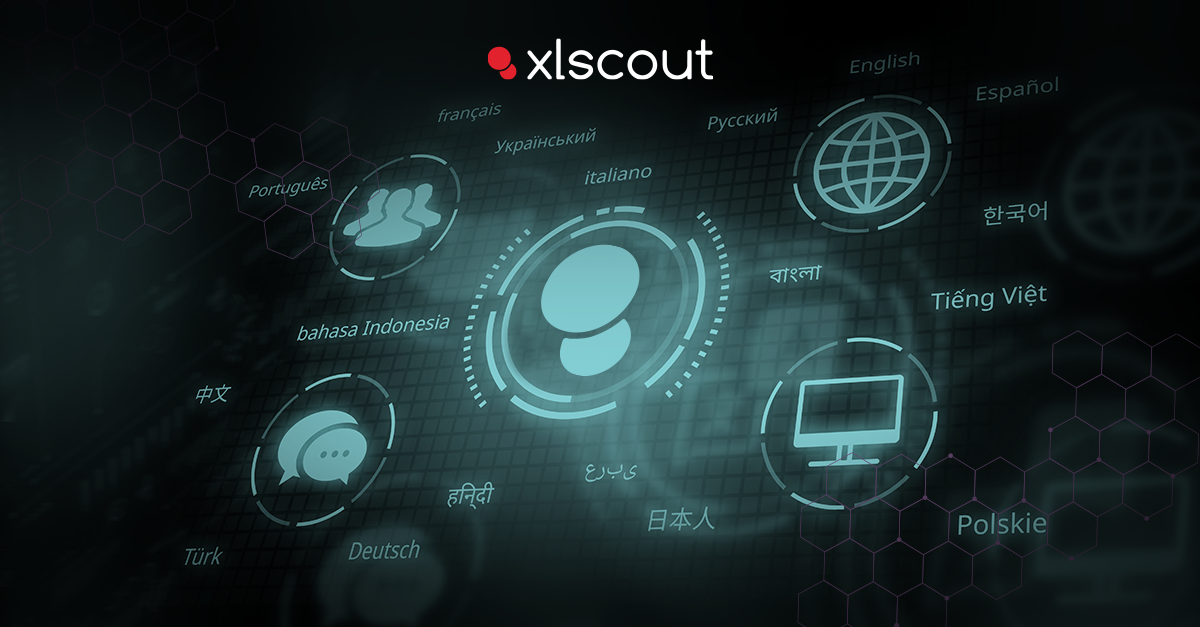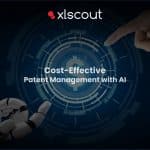
The general public is becoming more aware of the power of natural language processing (NLP) to revolutionize industries and power next-generation technologies, thanks to generative AI.
While NLP is already widely used in applications such as chatbots, writing assistants, predictive text, and voice commands, the future holds enormous promise. In general, NLP, along with object recognition, is a principal method by which humans interact with and apply artificial intelligence to problems. The use cases of NLP will continue to expand, dramatically altering our lives and further integrating AI tools with human endeavors.
NLP in Healthcare
NLP is having an impact on healthcare on many fronts, including facility and medical supply management, data analysis, and patient care. Currently, innovative healthcare software and algorithms are taking over jobs that were previously performed solely by humans. To better classify terabytes of unstructured data, such as radiological images or a physician’s audio-recorded notes, NLP serves as the heart of cutting-edge healthcare technology classes like machine learning and deep learning.
NLP in healthcare assists clinicians in being more accurate and analyzing large amounts of data. In the event of an epidemic or pandemic, data is used to forecast disease spread and save lives. NLP will help to revolutionize every aspect of care, from disease diagnosis to risk factor identification to treatment facilitation.
NLP use case: Clinical Trial Matching
Variables such as patient health and genetic makeup can have an impact on healthcare research results. The results can be skewed if the appropriate participant profile is not used, whether it is a human or another mammal. Natural language processing technologies can be used in conjunction with AI data analysis to sift through health records. This helps to identify individuals who meet the criteria for a study, such as patient health status and genetic makeup.
NLP in the Military
Natural Language Processing enables military veterans operating war robots in active war zones to interact more effectively. Military-specific voice command technologies are being combined with NLP to make military robot operations safer and more effective. With the help of NLP, vehicles transporting equipment and supplies, emergency medicine, and mobile weapons can respond to human instructions without requiring physical input.
Traditional robots are controlled through programming, whereas voice-enabled robots can have two-way dialogue, interpreting both visual and audio information at the same time. Next-generation sentiment analysis, in conjunction with NLP, can assist in determining the intent of a military man who may be hurt or overwhelmed.
NLP use case: Military Intelligence
Perceptions of intelligence agency personnel often resemble Hollywood action films. The reality is less thrilling but no less vital to military operations. Analysts, in general, look for patterns in data and deviations from all those patterns that signify threats to military operations. Military intelligence uses both structured and unstructured data, which is enriched by NLP through computer-assisted description and tag assignment.
NLP in Law and IP
The intellectual property industry sits at the crossroads of several economic sectors, including law, technology, and business. How effectively you can legally safeguard a patented technology and how effectively that protection enables commercialization is a primary measure of IP success. While determining freedom to operate for new ideas, legal teams must consciously monitor and detect infringement. Organizations must comprehend the limitations of their patent protections in order to market an idea. NLP technologies make it simpler to research, track, and create intellectual property by lowering costs throughout the IP research process.
NLP use case: XLSCOUT
XLSCOUT integrates machine learning, predictive analytics, and advanced statistical analysis with NLP technology to provide information to companies and their IP teams in order to generate revolutionary ideas, safeguard them as intellectual property, and commercialize them. The intellectual property industry is now becoming increasingly inextricably linked with patent protections, which are now extending to global markets. XLSCOUT’s users can smoothly conduct the research that is required to bring a patent to market using advanced proprietary NLP.
XLSCOUT’s Novelty Checker
The Novelty Checker makes patent searches easier for inventors. The tool searches for similar inventions to yours to determine whether a patent is feasible.
A step-by-step guide to conducting an AI-powered patent search with Novelty Checker can be accessed by clicking here.
XLSCOUT put the use of reinforcement learning to its AI-based Novelty Checker (patent searching tool) to get quality patent research reports in just 5 minutes. The Novelty Checker uses reinforcement learning to filter the noise by showing the relevant results on top of the list. To be precise, it assists in conducting patentability search to help you ensure that your innovation is unique. By selecting a few relevant and non-relevant results, users can apply them to the result set. The system takes the user’s feedback and then learns from it. It uses conceptual searching and re-ranks the results by bringing the quality results to the top and sending the noise to the bottom.
NLP in Business
The business community is frequently an early user of fresh technologies. They adapt them to novel scenarios to solve problems, run more effectively, and achieve greater profits. NLP is no exception. Natural language processing (NLP) is currently driving results in predictive analytics, market analysis, and human resources. Thus, the financial, manufacturing, and service sectors are likely to remain hotbeds of NLP applications.
NLP use case: Smart Contracts
Blockchain, like NLP, is transforming industries. In general, it is an ideal system for storing and executing digital contracts. This is because, it is an immutable record of transactions stored on a distributed, secure database. Smart contracts, or code on the blockchain, reflect real-world conditions. These conditions, when met, result in the automatic execution of the contract’s stipulations. A machine’s interpretation of human input, for example, could initiate the disbursement of funds or access to a secure file.







